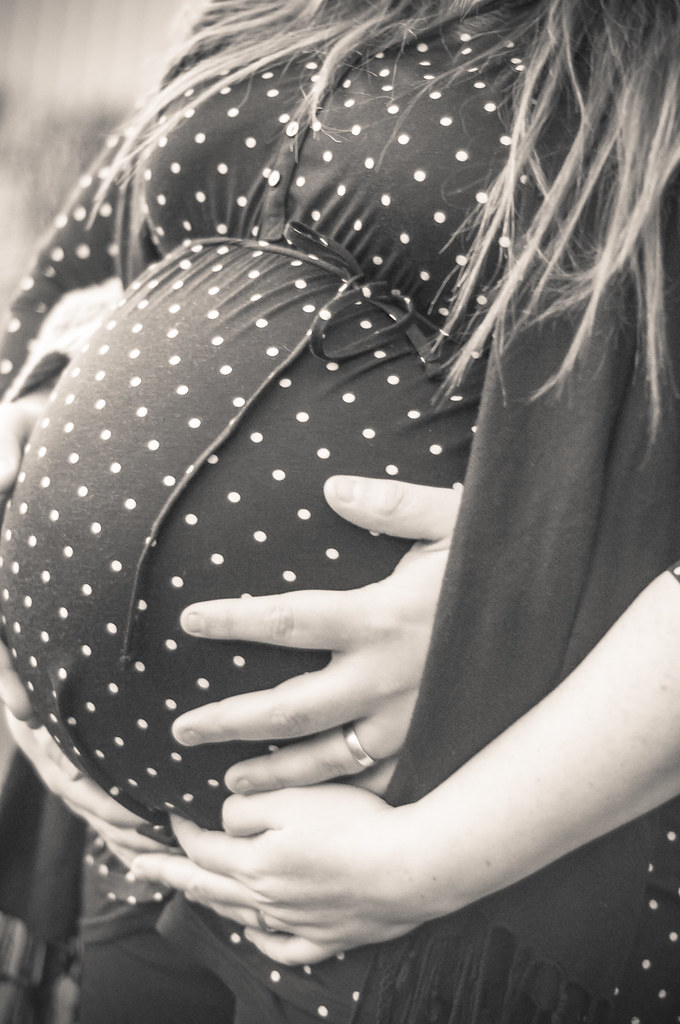“Chinese medicine recognizes that the human body functions like a hologram because every microsystem found in different parts of the body contains the information needed to treat the whole body. In fact, studies… suggest that this information is stored in each and every part of the body.” – Steve Phillips, LAc
[wproto_divider style=”gap”]
 Holographic Mapping in Auricular Acupuncture
Holographic Mapping in Auricular Acupuncture
Seeing and treating the body as a hologram is one of my favorite things about acupuncture. There are a number of well-known microsystems that allow acupuncturists to treat the whole of the body through holographic mapping at the face, ear, hands, etc. Of these, auricular acupuncture happens to be one of my favorite systems to use. Auricular acupuncture is the treating of the body through the holographic mapping on the ear. I love this system because there are so many maps for the body on the ear, with different ones not only coming from individual specialists within China, but also from France and Germany!
Acupuncture Holographic Mapping of the Hip
To see what I mean by “holographing mapping,” check out this excellent video put together by Dean Mouscher, LAc. Here he shows how the hip maps to the face and the ear. I absolutely love the beauty of these body mirrors:
[wproto_divider style=”gap”]
[wproto_divider style=”gap”]What if you don’t like needles?
The best part to me about auricular acupuncture is you don’t need to use needles to stimulate these points. You can also use “ear seeds” (actual vaccaria seeds) or metal pellets held in place by a very small adhesive. The seed or pellet itself is about 2mm, and the adhesive not unlike a clear or colored bandaid (~4mm).
In the case of the seed, a person simply massages the point by pressing and rolling the seed against the acupoint. This gentle stimulation is enhanced when you move the affected body part at the same time. For the metals, the property of the metal itself is enough to stimulate the acupoint according to treatment principle. We often use gold for tonification, and silver for sedation. I’ve found just knowing which part of the ear matches what part of the body can be enough to help relieve a temporarily stiff neck or sore back. All it takes is a little ear massage with your own fingers!
Want to learn more? Come on in — I’d love to show you how using holographic mapping can help you!





 Menstrual cramps, in Chinese medicine, can be attributed to a number of differing patterns:
Menstrual cramps, in Chinese medicine, can be attributed to a number of differing patterns:





 Foods to Reduce Morning Sickness
Foods to Reduce Morning Sickness


 You might remember my piece on acupuncture and moxibustion for treating heel pain. The
You might remember my piece on acupuncture and moxibustion for treating heel pain. The 




 “[Cupping’s] been the secret that I have had through this year that keeps me healthy,” “It’s been better than any money I’ve spent on anything else.” –U.S. gymnast Alexander Naddour, for
“[Cupping’s] been the secret that I have had through this year that keeps me healthy,” “It’s been better than any money I’ve spent on anything else.” –U.S. gymnast Alexander Naddour, for 
 [wproto_divider style=”double-gap”]
[wproto_divider style=”double-gap”] For exact point locations, click on the hyperlink below (or the easiest thing is,
For exact point locations, click on the hyperlink below (or the easiest thing is, 

